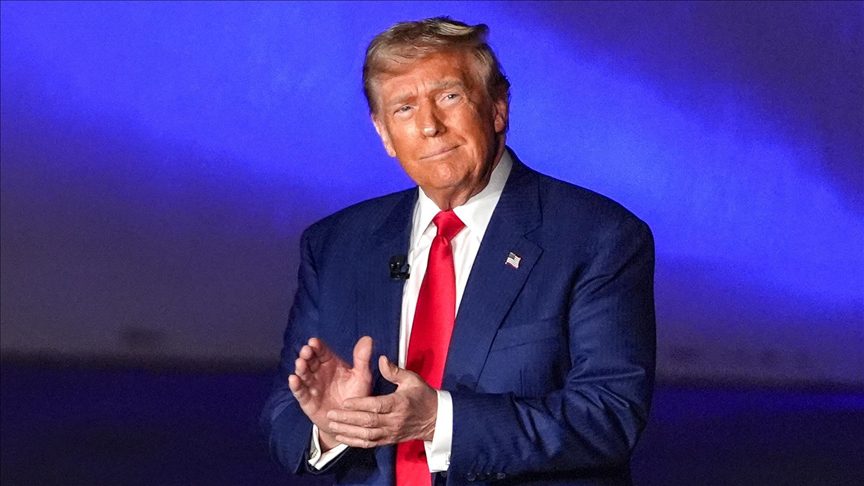Samsung Electronics is bracing for significant challenges in the U.S. market as President Donald Trump threatens a 25% import tariff on smartphones manufactured outside the United States. This policy, initially targeting Apple, now extends to all foreign-made smartphones, including Samsung’s Galaxy series.
Impact on Samsung Galaxy Prices
Analysts predict that the proposed tariff could lead to a 30–40% increase in the retail prices of Samsung Galaxy smartphones in the U.S. For instance, the upcoming Galaxy Z Fold 7, expected to launch later this year, could see its price rise from approximately $1,800 to as much as $2,500.
The base model of the Galaxy S25, currently priced at $799.99, could experience a price hike of about $200, pushing it close to $1,000.
Manufacturing Challenges
Samsung does not have smartphone manufacturing facilities in the U.S., relying primarily on production plants in Vietnam and India. This makes the company particularly vulnerable to the proposed tariffs.
President Trump has emphasized that companies can avoid the tariff by shifting production to the U.S., stating, “When they build their plant here, there is no tariff.”
Industry Response
The potential tariffs have raised concerns across the smartphone industry. Samsung’s market share in the U.S. has already seen a decline, dropping from 31% in Q1 2024 to 18% in Q4 2024. Phandroid
A significant price increase could further impact consumer demand and the company’s competitiveness in the U.S. market.
Broader Implications
The proposed tariffs are part of a broader trade policy aimed at encouraging domestic manufacturing. However, shifting smartphone production to the U.S. presents significant challenges, including higher labor costs and the need for substantial infrastructure investments.
Analysts warn that such a move could lead to increased prices for consumers and potential supply chain disruptions.
Feature Image Concept: A Samsung Galaxy smartphone with a price tag reflecting a 40% increase, set against a backdrop of the U.S. Capitol building, symbolizing the intersection of technology and trade policy.

